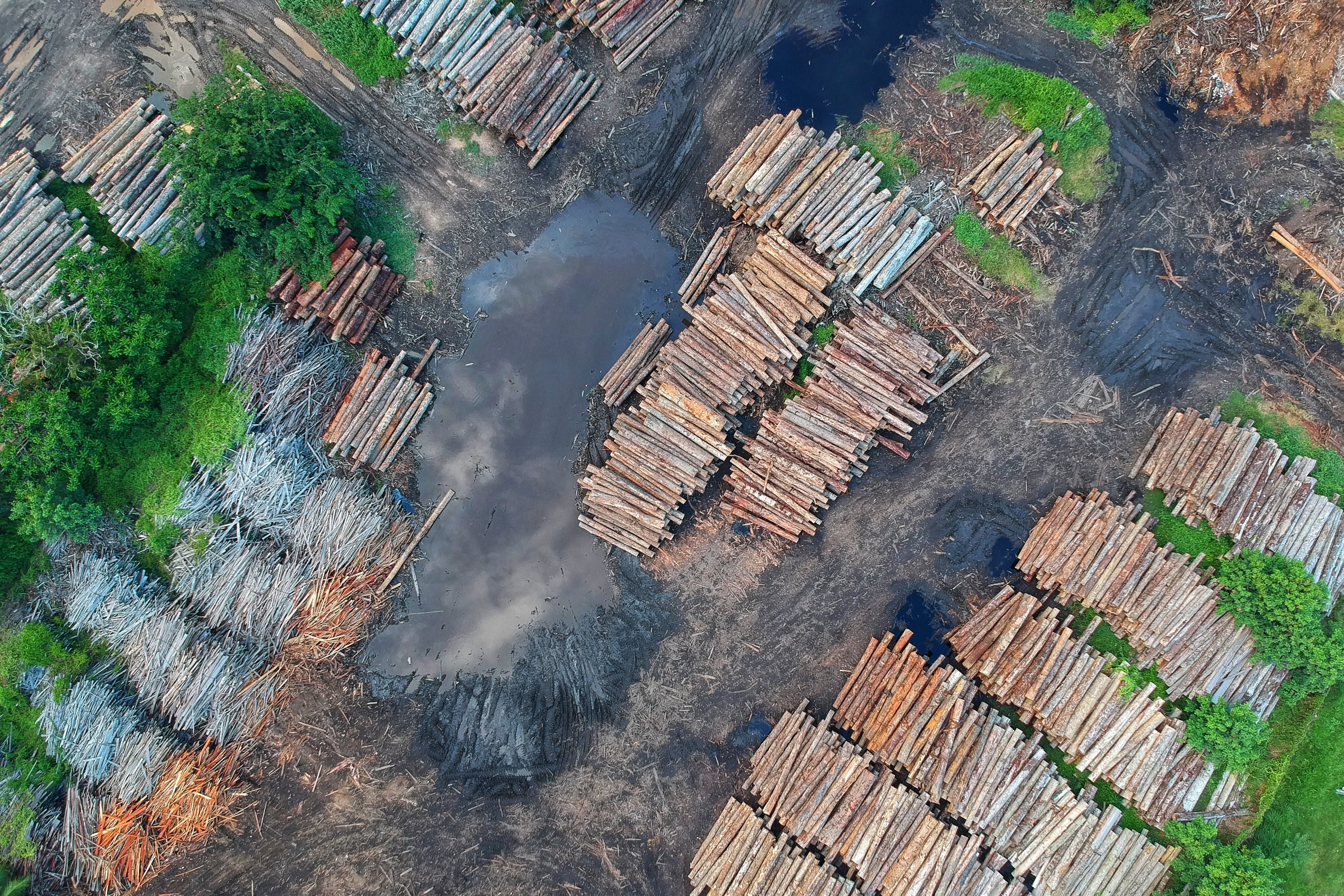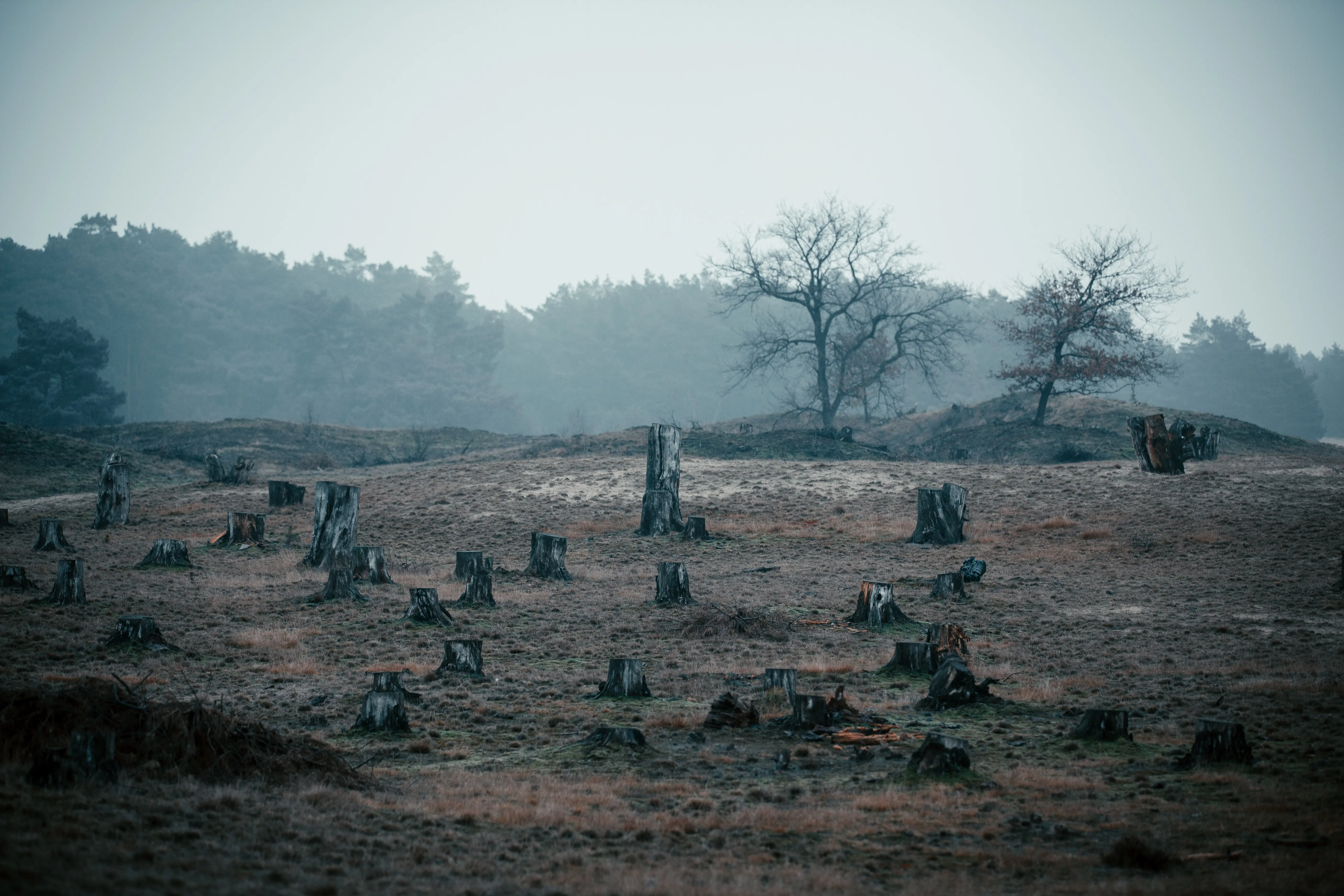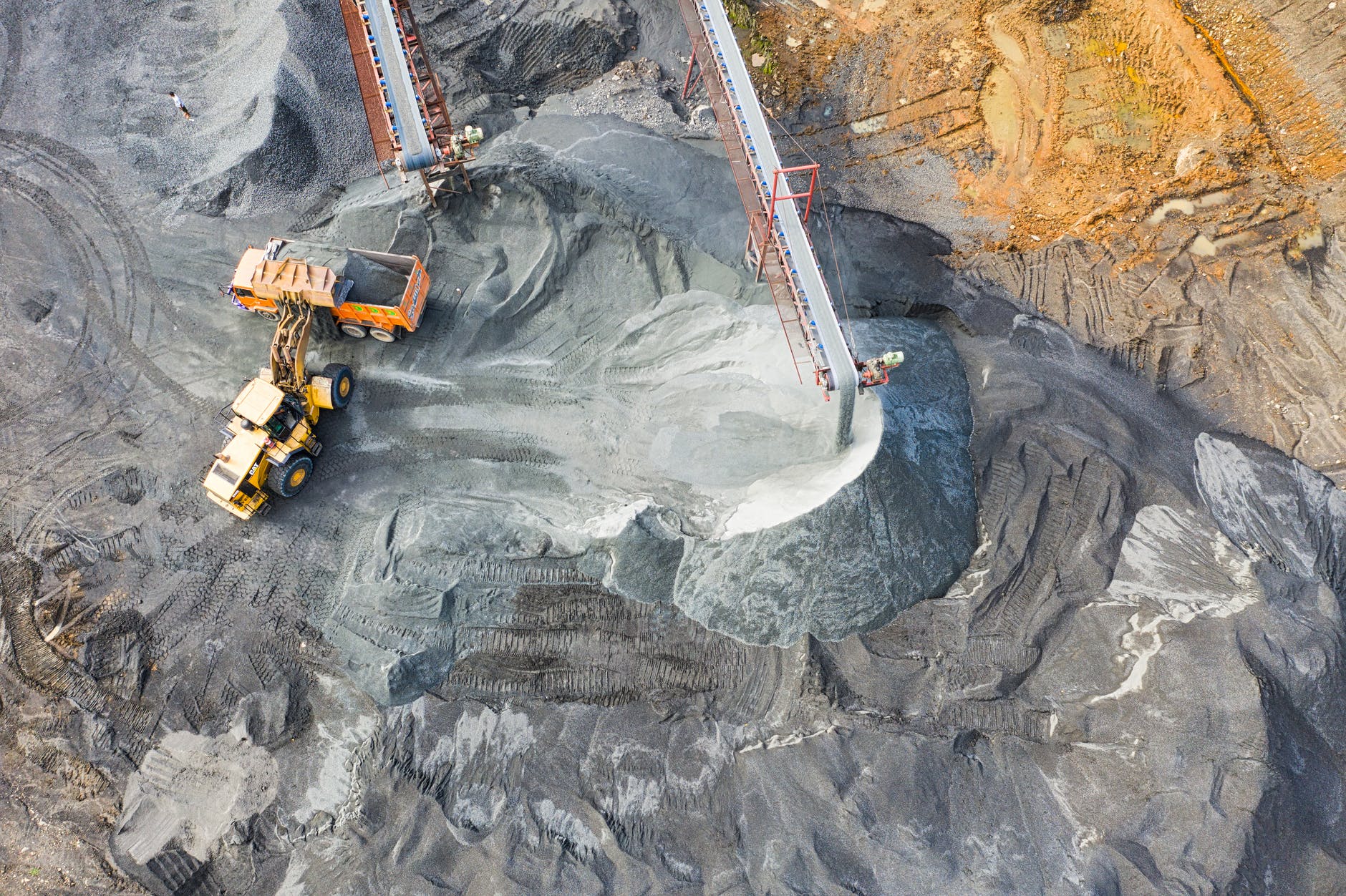Introduction
The Democratic Republic of Congo is home to some of the most exotic animals and rare vegetation. Occupied by more than 60 million, Congo is a vast stretch of land located in the Central African region (Butler, 2006). Whereas in the past, the region comprised the vegetative hub of Africa, recent times have seen an increase in deforestation which negates the lives of flora and fauna in the region. Deforestation has led to the decrease in the total forest area, seen the death and relocation of wildlife from the Congo forest, and led to the drying up of rivers that initially formed an intrinsic part of Congo’s identity.

Root Causes of Environmental Degradation
Congo constitutes the vegetative hub of the African continent. More than any other country, the region is made up of diverse flora and fauna. However, the rapid change that is taking place as a result of the expansion of human activities allows one the opportunity to assess the implications of increased interactions between flora and fauna. Furthermore, other causes of environmental degradation include constant conflict, poaching, and unregulated mining in the Congo region (Butler, 2006).
The study of the environmental degradation in Congo further allows one the opportunity to examine the influences of economic activities on the overall environmental stability. The directed dissection of the environmental failures in Congo provides an opportunity to determine the methods that can be employed to mitigate the spread of environmental scourge on other countries in the African region to preserve the life of all the living things that depend on the forest for sustenance.
Comparison of the Current State of Environment with that of the Past
Whereas in the past, Congo was lauded as the center of national parks in the central African region, recent times have witnessed a reduction wildlife population that was considered to be rare and exotic (Faller & Wang, 2015). This decrease was a consequence of the wanton destruction of vegetation which results from an increase in urban settlements and human conflicts in the region.
Comparison with Other Countries
Compared to other nations in Africa, the environmental degradation in Congo has seen a greater reduction in the size of the total forest area. Furthermore, the rivers in Congo, which once held freshwater, are increasingly drying up rendering such waters inaccessible to the human population (Gleick, 1993). Furthermore, the climate change, from humid to increased warmth in the Congo region, is higher than is the same for other countries. Given the absence of succinct environmental policies to curtail the prevalence of the problem in society, the destruction of the environment is more rampant in the Congo region than in any other African region.
Environmental Resources under Threat
Some of the environmental resources that are under threat in the Congo region include the forests, rivers, wildlife parks, farms, and wildlife such as rhinos (Nackoney, et al., 2014). A reduction in the total area of the tropical forests leads to a reduction in the rivers which ultimately leads to the death or relocation of animals that were housed in the region. Furthermore, increased conflicts in the regions lead to the destruction of the flora.
Evidence to Show Environmental Destruction in Congo
According to Nackoney et al. (2014), deforestation constitutes a major environmental concern in the central African region. The alarming rates of the deforestation of tropical forests are projected to be a consequence of the increased human economic activities. Essentially, an increase in mining and clearing of land for agricultural purposes leads to the degradation of the environment as it kills the flora that forms an intrinsic part of these forests. Likewise, as an evidence of the environmental destruction in Congo, recent times have seen a reduction in the number of large predators. According to FAO (2011), the massive rate of fauna in the Congo region interferes with the nutrient diffusion in the region which leads to the death of the involved predators and exotic vegetation.
Discussion
Deforestation constitutes a major environmental concern in the Congo region. According to the Food and Agriculture Organization of the United Nations (FAO) (2011), the rate of deforestation in the Congo region stands at 0.2%. Therefore, more than 300,000 hectares of forest land are destroyed on an annual basis. Furthermore, as evidence of the prevalence of logging activities in the region which negates the stability of the environment, it is estimated that logging activities have increased from 4.45 million cubic meters in 1990 to 75.44 million cubic meters currently (FAO, 2011).
Such an increase translates to a significant decrease in the number of trees that are found in the forest. Likewise, Butler (2006) suggests that the reduction of the fauna that was found in the Congo region is a result of the pervasive hunting escapades undertaken by poachers. The author predicates that the Congo government, in the acknowledgment of the environmental degradation that is resulting from poaching, has repeatedly engaged policy frameworks that protect parks against invasion by poachers (Butler, 2006).
Majorly, human activities are responsible for the environmental degradation that is being observed in the Congo region (Gleick, 1993). To begin with, political conflicts in the Congo region lead to the destruction of flora. Most of the factions involved in the disputes often engage in forests which lead to the destruction of the trees and the death of many wildlife. The need to develop strategic vantage points leads to the wanton felling of trees in the Congo forest and further exposes flora to the direct gaze of impeding weather conditions. Principally, conflicts undertaken in the Congo region impede the stability of the flora.
Similarly, mining activities have seen an increase in recent years. Congo is known to be the hub of mining since it is made up of diverse mineral resources ranging from Gold to mining (Trefon, 2016). In order to access these minerals, the mining companies are often compelled to drill the ground and dig large holes which impede the stability of the soil structure. In order to access the mineral-rich areas, the mining companies are also forced to clear the bushes around the regions which significantly erodes the soil. After the completion of the mining activities, it is a common phenomenon that the mining companies overlook the need to engage in reforestation initiatives in order to curtail further degradation of the soil.
Human settlement expansion is also one of the leading causes of environmental destruction in the Congo region. Essentially, when individuals wish to establish permanent residences in new regions within the forests, they often clear the surrounding land which leads to the felling of many trees and the destruction of the flora that is available in the subject community (Gleick, 1993). An increase in population occasioned by stability in the political environment significantly led to the increase in settlements which in turn led to a reduction in the flora available in the community.
Similarly, developmental projects are responsible for the increase in the degradation of the environment. An expansion of road networks conducted in recent times led to the increase in the number of trees and flora which were cleared to pave the way for the new infrastructure. The expansion of the industries further necessitates the need to create land which in turn impedes the environment. An increase in urban settlements as a consequence of the improved road networks further instigates an increase in the demand for wood in the form of charcoal. The demand for charcoal has seen a tripled increase between 1990 and 2016 (FAO, 2011). Furthermore, the need for wildlife meat leads to an increase in hunting escapades which results in a reduction of the game available in the forests.

The victims of environmental destruction in the Congo region constitute the poor in the Congo society. The average Congolese is forced to contend with the environmental implications that result from mining (Nackoney, et al., 2014). When mining takes place in a given region, residents are often compelled to seek new settlements to pave the way for the drilling initiatives. Furthermore, they are further forced to contend with an increase in the air pollution which results from the fumes that are released into the air when mining is conducted.
Environmental destruction further affects the administrative body of Congo. The government of Congo is tasked with the duty of protecting the interests of its majority citizens. Poaching and uncontrollable mining negate this desire. In the end, it is compelled to bear liability for all the activities that are undertaken by unscrupulous businessmen whose main aims are to promote their economic standings. Businesspeople in the region are also affected by environmental destructions since they cannot oversee their productive roles effectively given the limitations imposed on them by the government with the intent of mitigating environmental destruction (Trefon, 2016).
In order to minimize the rates of environmental destruction, the Congo government has often made it a priority to establish policies that protect flora and fauna. For instance, in 2002, the administrative body, in recognition of the increase in wanton logging activities in the forest, issued a caveat on the distribution of the logging concessions (Faller & Wang, 2015). Given that this decree was largely flouted, the World Bank extended the country a $90 million grant to enable the material empowerment of the forces that were tasked with the duty of enforcing the decree (Faller & Wang, 2015).
Other than this initiative, Congo joined a group of countries in 2005 which were aligned towards the protection of tropical forests in their regions. These countries sought funds from developed countries to enable them to oversee the environmental protection initiative. The majority of these countries, including Congo, won such grants after clearly documenting what they were meant for. Lastly, the government has often partnered with concerned NGOs to streamline the protection of endangered species against poaching by creating reserves which are inaccessible to the human population.
The policy initiatives engaged by the government do not fully address the destruction of the environment. For instance, the logging concessions in 2002, given the inability to enforce them, led to their abuse by businesspeople and logging companies (Butler, 2006). Furthermore, the policy initiatives do not emphasize the need for transparency which instigates rebellion within the business world. Thus, environmental destruction comprises one of the major challenges that face the Congolese people. It is projected that environmental destruction may continue to increase in the region given the ineffectiveness of the policies that are established by the government.
So far, the policy solutions have proven to be futile since environmental destruction continues to beleaguer the people of Congo. There is a need for the government to collude with internal and international stakeholders to determine measures that will be taken against individuals found guilty of breaching the policies set forth by the government given the need to protect the environment (Trefon, 2016). There is a need for increasingly interventionist measures to curtail the propagation of environmental degradation in Congo.
Conclusion
Environmental destruction constitutes one of the major challenges facing the Democratic Republic of Congo. Recent times have seen an increase in deforestation and air pollution which impede the health sustainability of the people of the Congo. Some of the consequences of environmental destruction include a reduction in the size of land that is occupied by tropical forests. Water levels have also reduced given the drying up of rivers which initially run throughout the year. The Congo setting serves to document the changes that occur on flora and fauna given the increased human activities in regions that were previously inhabited. From its environmental challenges, countries can be able to establish ways by which they can cushion themselves against environmental destruction.
Still, compared to other African countries, Congo can be said to be more effective in curtailing the spread of environmental destruction. The country has been able to retain the majority of the vegetation that is available to it despite the increase in population. Unregulated mining constitutes one of the major environmental challenges in the region. Mining activities take up large tracts of land which curtails the growth of flora and thus environmental destruction. On the other hand, the development of road infrastructure has increasingly led to the felling of trees and the clearing of bushes which interferes with the nutritious circle in the forests and leads to the death of vegetation.

Recommendations
To curtail the prevalence of environmental destruction in the Congo region, there is a need for the engagement of the following measures and initiatives:
- Documentation of the policies addressing the destruction of the environment in the constitution to discourages malpractices.
- Seizing of the resources available to mining companies should they be found guilty of breaching the tacit agreement with the government with regards to environmental destruction.
- Increased engagement of non-governmental organizations in the mitigation of environmental destruction.
- Establish a force that is solely tasked with the duty of protecting the environmental interests of the people of the Congo.
- Creation of reserve settlements to house animals on the brink of extinction.
- The marking of regions in the Congo forest that comprise some of the important resource points of the country.
References
Butler, R. A. (2006, January 9). Diversities of Image-Rainforest Biodiversity. Retrieved from Mongabay:
Faller, K. S., & Wang, P. Y. (2015). The major environmental problems in Congo Brazzaville: Case of Brazzaville. Journal of Finance and Accounting, 3(1), 1-7.
FAO. (2011). The State of Forests in the Amazon Basin and Southeast Asia. Brazzaville, Republic of Congo: FAO.
Gleick, P. (1993). Water in crisis: A guide to the World’s Freshwater Resources. Oxford: Oxford University Press.
Nackoney, J., Molinario, G., Potapov, P., Turubanova, S., Hansen, M. C., & Furuichi, T. (2014). Impacts of civil conflict on primary forest habitat in northern Democratic Republic of Congo, 1990-2010. Elsevier, 1-8.
Trefon, T. (2016). Congo’s Environmental Paradox: Potential and Predation in a Land of Plenty (African Arguments). London: Zed Books.







